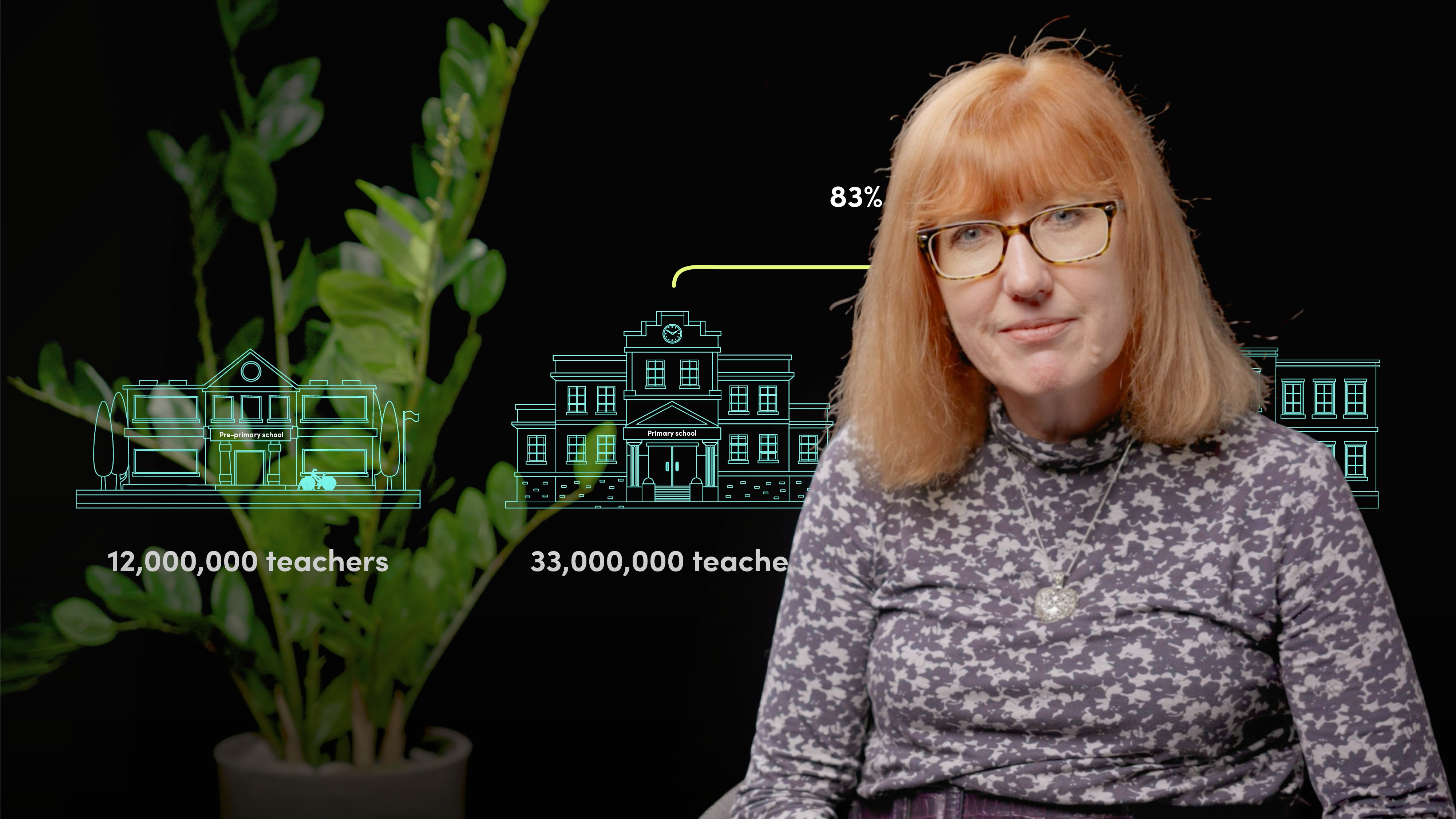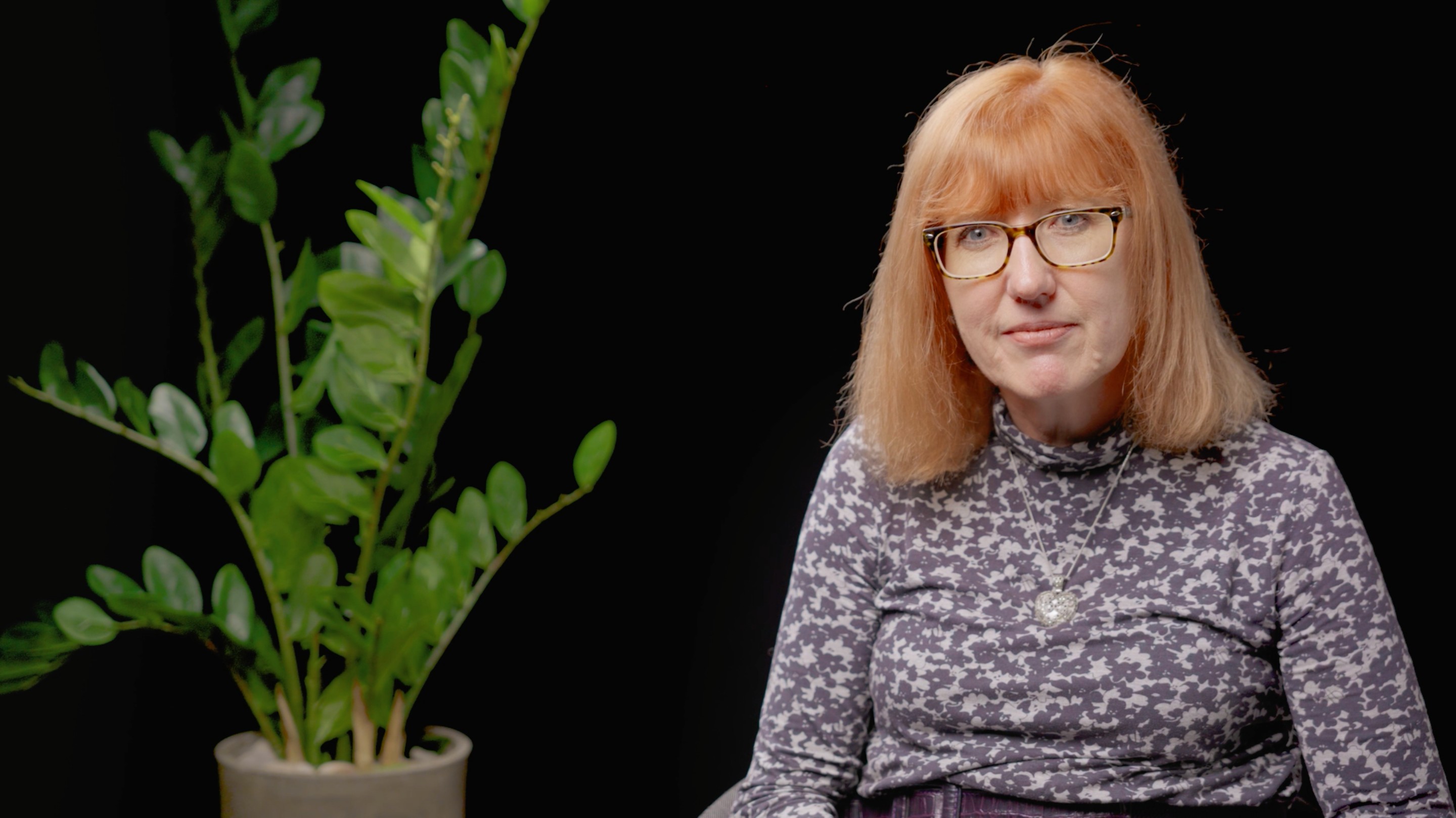
Individual Well-being Sustainable Development Goals I

Wendy Whewell
22 years: ESG & Climate Change
In this video, Wendy explores the first four Sustainable Development Goals (SDGs) of the United Nations, aimed at improving individual well-being and creating a more equitable world. Join her as she dive into SDG 1: No Poverty, SDG 2: Zero Hunger, SDG 3: Good Health and Well-being, and SDG 4: Quality Education.
In this video, Wendy explores the first four Sustainable Development Goals (SDGs) of the United Nations, aimed at improving individual well-being and creating a more equitable world. Join her as she dive into SDG 1: No Poverty, SDG 2: Zero Hunger, SDG 3: Good Health and Well-being, and SDG 4: Quality Education.

Individual Well-being Sustainable Development Goals I
17 mins 10 secs
Key learning objectives:
Understand the aim of SDG 1 and what progress has been made
Understand the aim of SDG 2 and what progress has been made
Understand the aim of SDG 3 and what progress has been made
Understand the aim of SDG 4 and what progress has been made
Overview:
The UN SDGs aimed at improving individual well-being include SDG 1: No Poverty, SDG 2: Zero Hunger, SDG 3: Good Health and Well-being, SDG 4: Quality Education, SDG 5: Gender Equality, SDG 10: Reduced Inequalities, and SDG 16: Peace, Justice and Strong institutions. Here, the first four are covered. No Poverty (SDG 1) aims to eradicate all forms of poverty globally; Zero Hunger (SDG 2) targets global hunger, and malnutrition, and promotes sustainable agriculture; Good Health and Well-being (SDG 3) focuses on ensuring healthy lives and promoting well-being across all age groups; Quality Education (SDG 4) aspiring to offer inclusive, equitable quality education and lifelong learning opportunities for everyone.
What is the aim of SDG1: No Poverty, and are we on track?
The primary objective of SDG 1 is to eradicate poverty universally, with measures including eradicating extreme poverty, halving general poverty rates, implementing social protection systems, and promoting equal economic rights. Notably, the progress was promising until the COVID-19 pandemic interrupted the momentum. Post-pandemic, the poverty rates surged, aggravated by other factors such as inflation and conflicts like the war in Ukraine. This increase has hindered the expected achievement of the goal by 2030. Current projections by the World Bank estimate that 7% of the global population, equivalent to 574 million people, will still be living in extreme poverty by 2030, indicating we're not on the projected track.
What is the aim of SDG 2: Zero Hunger, and are we on track?
SDG 2 aims to eradicate hunger, ensure food security, improve nutrition, and foster sustainable agriculture. Its eight targets range from universal access to nutritious food, ending malnutrition, enhancing agricultural productivity, to promoting resilient farming practices. However, progress has been slow and inadequate. Even pre-pandemic, hunger and food insecurity were escalating. By 2020, about 2.4 billion people were moderately or severely food-insecure, and by 2021, up to 828 million individuals were suffering from hunger or undernourishment worldwide. The productivity and income of small-scale farmers, another critical target, are also significantly lower than their large-scale counterparts. Factors like the pandemic and global conflicts have worsened the situation, and as a result, we are not on track to achieve this goal by 2030.
What is the aim of SDG 3: Good health and well-being, and are we on track?
SDG 3 aims to ensure healthy lives and promote well-being for all ages, a cornerstone for prosperous societies. This goal entails 13 targets, including reducing maternal mortality, preventing under-5 deaths, combating communicable diseases, promoting mental health, ensuring universal health coverage, and more. Progress has been mixed. While strides have been made in reducing maternal mortality, under-5 deaths and extending health coverage, the COVID-19 pandemic has disrupted efforts against epidemics like HIV, TB, and malaria. Additionally, healthcare costs still pose a substantial burden, escalating poverty levels. Therefore, while some targets show encouraging advancement, overall, we are not sufficiently on track to achieve this goal by 2030.
What is the aim of SDG 4: Quality Education, and are we on track?
SDG 4 aims to provide inclusive, equitable, quality education, and lifelong learning opportunities for all, a crucial enabler of socioeconomic mobility. The goal encompasses 10 targets, including free primary and secondary education, universal literacy and numeracy, equal access to quality pre-primary, technical, vocational, and higher education, and more. Regrettably, the pandemic has disrupted progress, with an estimated 147 million children missing over half their in-class learning in 2020-2022. Even though secondary school completion increased and more teachers are now trained, we are not on track, with a significant variation in progress across regions and genders. Therefore, while some advancements have been made, overall progress is unsatisfactory, largely due to the pandemic's effects.

Wendy Whewell
There are no available Videos from "Wendy Whewell"





















